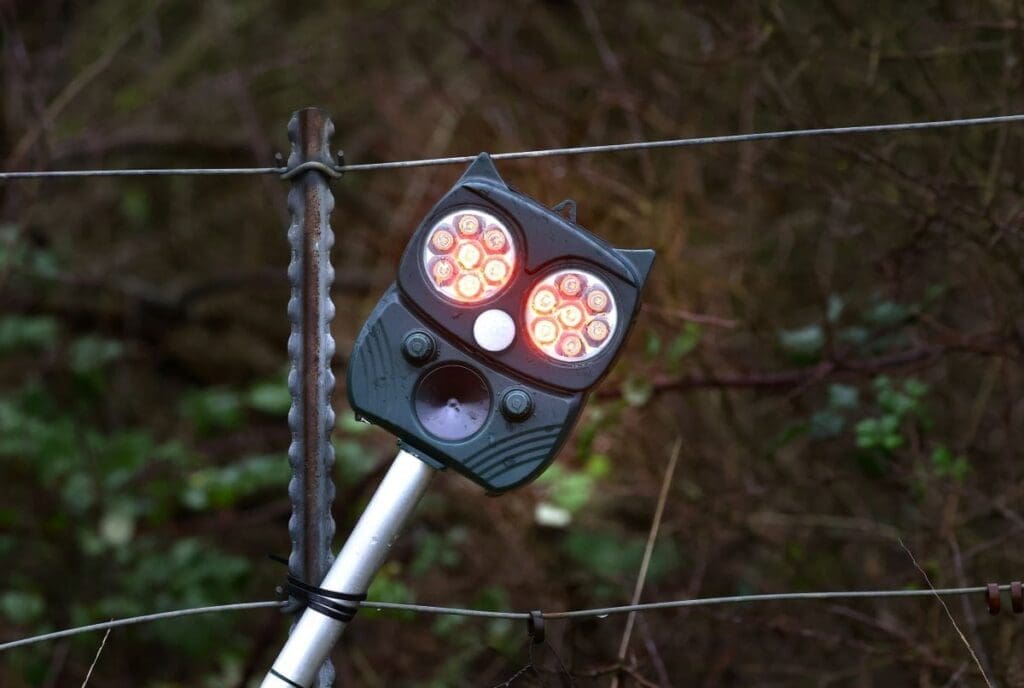A system harnessing artificial intelligence (AI) is being used to deter deer away from railway lines.

The automated deer deterrent system (Adds) was developed in partnership between LNER and Network Rail. It uses sound and vision sensors to identify when a deer approaches the tracks, activating a variety of audible and visual alarms aimed at turning the animal away from the railway.
An AI camera monitors its movement until it has been diverted to a safe location.
Enjoy more Rail Express Magazine reading every month.
Click here to subscribe & save.
LNER has successfully tested the system along a mile of track between Peterborough and Grantham.
It will be rolled out to other sections of the East Coast Main Line – which stretches between London King’s Cross and Edinburgh – with high rates of deer incursions.

Traditional methods of deterring deer from railway tracks include train-mounted whistles – which are unreliable – and high fencing, which is costly.
When some deer see a train they try to outrun it along the track rather than jump out of the way, often resulting in collisions.
The Adds system has deterred an average of 50 deer per week since the start of testing in May, LNER said.
Around eight incidents of deer being hit by trains in the trial area would have been expected in that period, but only one has been reported.
LNER chief digital and innovation officer Danny Gonzalez said: “Our first deployment of this innovative system to deter deer has quickly proven that the solution can save time, stress and, most importantly, deer.
“At such a busy time of year for travel, we are proud to have developed a novel approach that has not only supported LNER, but also the many other train operators who, along with their customers, have also benefitted from a reduction in deer strikes along the East Coast Main Line.”
Network Rail route engineer Jo Priestly said: “We’re really happy to have partnered with LNER on this trial, which will help to better protect deer from coming to harm on the railway, as well as reducing disruption and delays for passengers.
“The results from this trial have been very positive, and we look forward to rolling out this technology at further locations on the East Coast route.”




